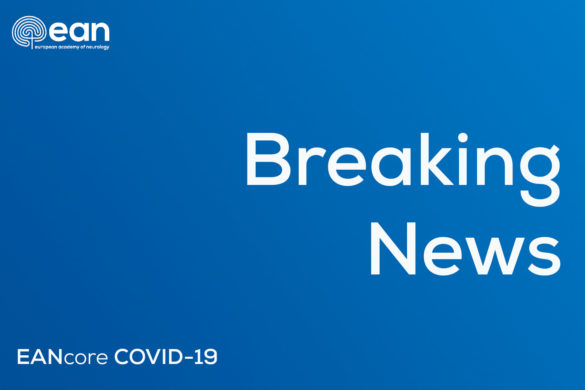Observational study: prospective longitudinal cohort (Green)
Individuals admitted to hospital for COVID-19 might have persisting symptoms (so-called long COVID) and delayed complications after discharge. However, little is known regarding the risk for those not admitted to hospital. In this population-based cohort study the authors therefore examined prescription drug and health-care use after SARS-CoV-2 infection not requiring hospital admission.
All individuals with a positive or negative RT-PCR test for SARS-CoV-2 in Denmark between Feb 27 and May 31, 2020, were eligible for inclusion. Outcomes of interest were delayed acute complications, chronic disease, hospital visits due to persisting symptoms, and prescription drug use. Data from non-hospitalised SARS-CoV-2-positive and matched SARS-CoV-2-negative individuals from 2 weeks to 6 months after a SARS-CoV-2 test were used to obtain propensity score-weighted risk differences (RDs) and risk ratios (RRs) for initiation of 14 drug groups and 27 hospital diagnoses indicative of potential post-acute effects. The authors also calculated prior event rate ratio-adjusted rate ratios of overall health-care use. 10 498 eligible individuals tested positive for SARS-CoV-2 in Denmark from Feb 27 to May 31, 2020, of whom 8983 (85·6%) were alive and not admitted to hospital 2 weeks after their positive test. The matched SARS-CoV-2-negative reference population not admitted to hospital consisted of 80 894 individuals. Compared with SARS-CoV-2-negative individuals, SARS-CoV-2-positive individuals were not at an increased risk of initiating new drugs (RD <0·1%) except bronchodilating agents, specifically short-acting β2-agonists (117 [1·7%] of 6935 positive individuals vs 743 [1·3%] of 57 206 negative individuals; RD +0·4% [95% CI 0·1–0·7]; RR 1·32 [1·09–1·60]) and triptans (33 [0·4%] of 8292 vs 198 [0·3%] of 72 828; RD +0·1% [0·0–0·3]; RR 1·55 [1·07–2·25]). There was an increased risk of receiving hospital diagnoses of dyspnoea (103 [1·2%] of 8676 vs 499 [0·7%] of 76 728; RD +0·6% [0·4–0·8]; RR 2·00 [1·62–2·48]) and venous thromboembolism (20 [0·2%] of 8785 vs 110 [0·1%] of 78 872; RD +0·1% [0·0–0·2]; RR 1·77 [1·09–2·86]) for SARS-CoV-2-positive individuals compared with negative individuals, but no increased risk of other diagnoses. Prior event rate ratio-adjusted rate ratios of overall general practitioner visits (1·18 [95% CI 1·15–1·22]) and outpatient hospital visits (1·10 [1·05–1·16]), but not hospital admission, showed increases among SARS-CoV-2-positive individuals compared with SARS-CoV-2-negative individuals. The authors concluded that the absolute risk of severe post-acute complications after SARS-CoV-2 infection not requiring hospital admission is low. However, increases in visits to general practitioners and outpatient hospital visits could indicate COVID-19 sequelae.
Lund LC, et al. Post-acute effects of SARS-CoV-2 infection in individuals not requiring hospital admission: a Danish population-based cohort study. Lancet Infect Dis. 2021 May 10:S1473-3099(21)00211-5. doi: 10.1016/S1473-3099(21)00211-5.











